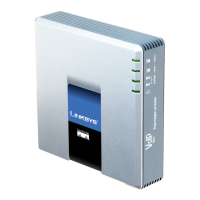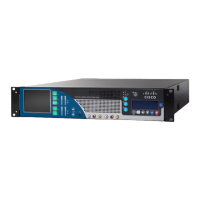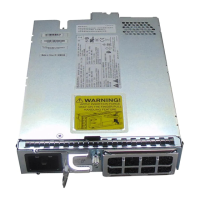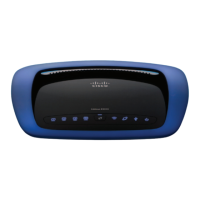3
Installation
• Optional equipment (which might include network connection cables)
• A warranty card, a service and support card, and optional companion publications
as specified by your order
Inspect all items for shipping damage. If anything appears damaged, or if you
encounter problems when installing or configuring your system, contact a service
representative.
Preventing Electrostatic Discharge Damage
Electrostatic discharge (ESD) can damage equipment and impair electrical circuitry. It
occurs when electronic printed circuit cards are improperly handled and can result in
complete or intermittent failures. Always follow ESD prevention procedures when
removing and replacing cards. Ensure that the router chassis is electrically connected
to earth ground. Wear an ESD wrist strap, ensuring that it makes good skin contact.
Connect the clip to an unpainted chassis frame surface to safely channel unwanted
ESD voltages to ground. To properly guard against ESD damage and shocks, the wrist
strap and cord must operate effectively. If no wrist strap is available, ground yourself
by touching the metal part of the chassis.
Caution For safety, periodically check the resistance value of the antistatic
strap, which should be within the range of 1 and 10 Mohms.
Tools and Parts Required
Following are the tools and parts required to install the router:
• Screwdrivers:
— No. 1 Phillips
— Small, 3/16" (0.476 cm), and medium, 1/4" (0.625 cm), flat-blade
• ESD-preventive wrist strap
• Optional rack-mount/wall-mount kit (with documentation)
• One interface cable for each interface you require
In addition, you might need the following additional external equipment:
• Rack- and wall-mount brackets, fasteners, and instructions
• Channel service unit/digital service unit (CSU/DSU) for the serial interfaces
• Ethernet transceiver
• Token Ring media attachment unit (MAU)

